All about rowan aria

Rowan aria is a popular shrub that belongs to the Pink family. Differs in vigorous shoots, up to 12 meters high and attractive. It is worth considering in more detail the peculiarities of the culture, as well as the nuances of its planting and growing.
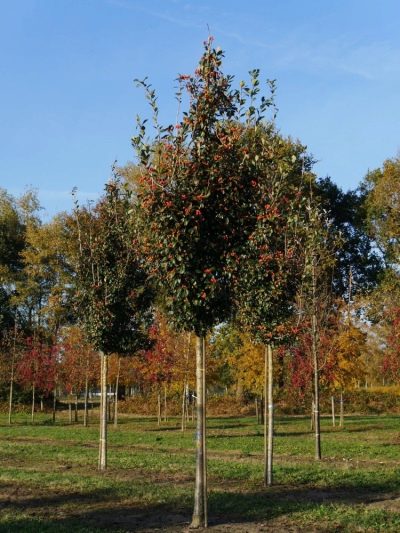
Description
Aria is a perennial round-leaved plant that looks like a tree, the maximum height of which can reach 16 meters. If we talk about mountain ash as a shrub, then the height of the species in this case will be 2-3 meters, no more. The features of the culture are as follows.
- Aria is a solitary plant... Rowan does not like to grow in groups, prefers empty space.
- The tree likes the soil rich in limestone and having a low acidity index. Therefore, it is worth considering the listed factors when planting a plant.
- Crown the aria is predominantly round or conical in shape. The width reaches 8 meters.
- Branches the trees grow vertically, and the bark is gray-brown in color and has a smooth surface. There are also varieties with brown bark, which is covered with unusual stripes of white.
- Escapes rowan berries are slightly pubescent, have a mostly yellow or olive tint.
- Sheet plates - a feature of the species. The main characteristics include solid edges and a rounded shape in the form of a slightly elongated ellipse. The skin of the leaves is firm and smooth, rich green in the upper part and white-felt in the lower part. Closer to autumn, the foliage becomes golden, brown shades also prevail. The pluses of the species include the fact that the leaves do not fly around for a long time, preserving the lush crown of the mountain ash.
- Tree forms flowers towards the end of May or the beginning of June. The flowers are white umbrellas with a pungent and pleasant scent.
- The fruits grow in place of the buds. Features: spherical shape, red-orange color of dense skin, the possibility of fresh consumption.

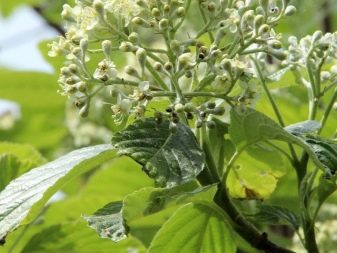
Rowan aria has increased resistance to frost and wind. That is why culture is so prized among gardeners and landscape designers in many regions of the country. Additionally, it is worth highlighting several varieties of the plant.
- Decaisneana. It is a rather tall tree with large leaf blades. Rowan forms flowers up to 2 cm in diameter, which then give way to edible elliptical berries. The maximum fruit length is 13 cm.
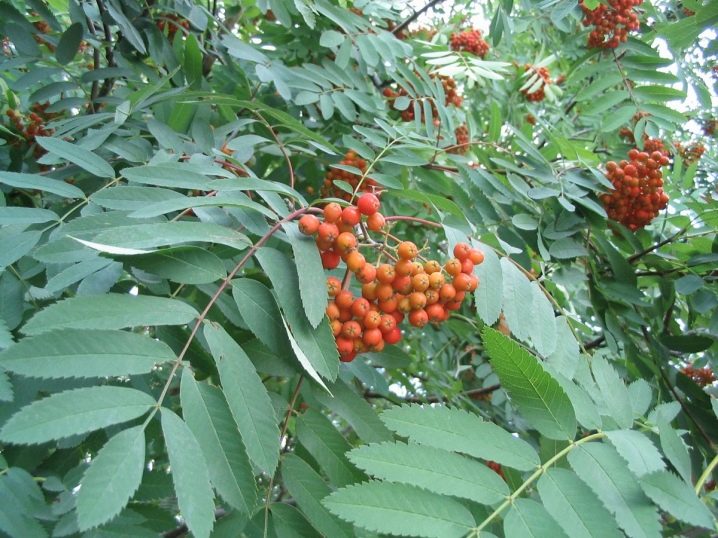
- Lutescens... The peculiarity of the tree is the conical shape of the crown, the height reaches 10 meters. The leaves of the mountain ash are small, have a round shape and creamy color due to the presence of yellowish hairs on the surface of the plate. The bright orange fruit is suitable for fresh consumption.
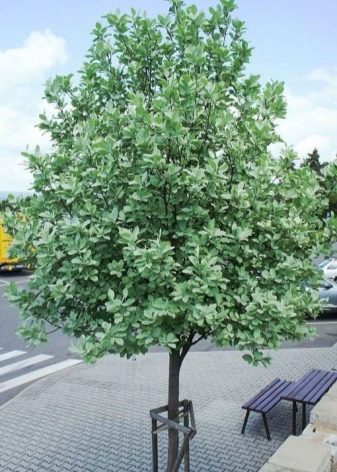
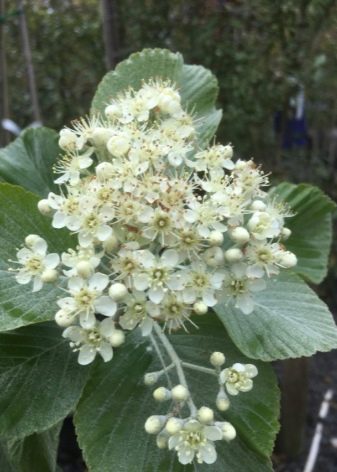
- Chrysophylla... A variety with yellow leaves that retain their hue throughout the season. Closer to autumn, the plates acquire an oily yellow hue. The tree forms small fruits. Culture is mainly used as a decorative element in the landscape.
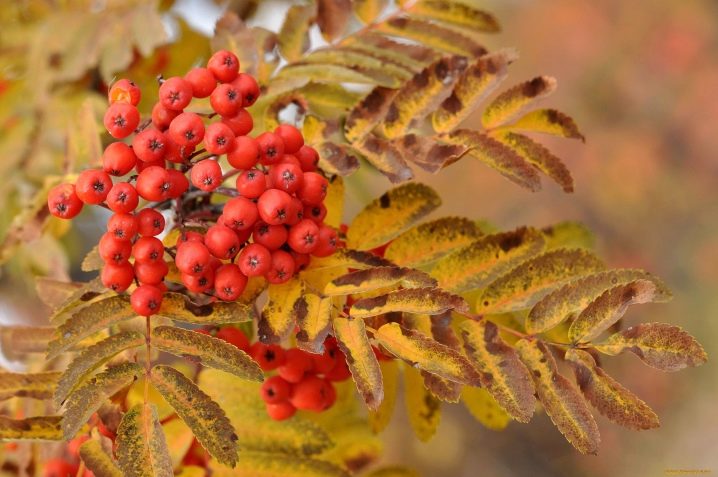
- Magnifica... The maximum tree height is 10 meters. By mid-spring, the decorative variety is covered with a lush crown of green and bronze leaves, the plates of which are surprisingly smooth. The minus of the variety is in abundant flowering, the tree produces a small number of white flowers per season and even fewer berries.
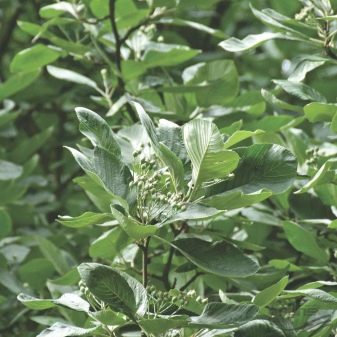
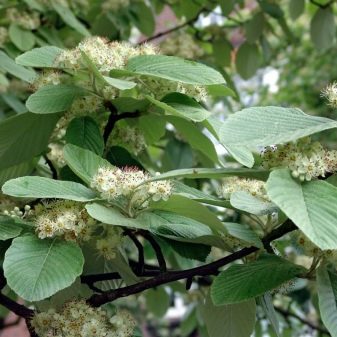
- Majestica... A high grade, which was obtained by crossing the seeds of previous rowan varieties from abroad.The maximum plant height is 15 meters, and the trunk diameter is 5.6 meters.
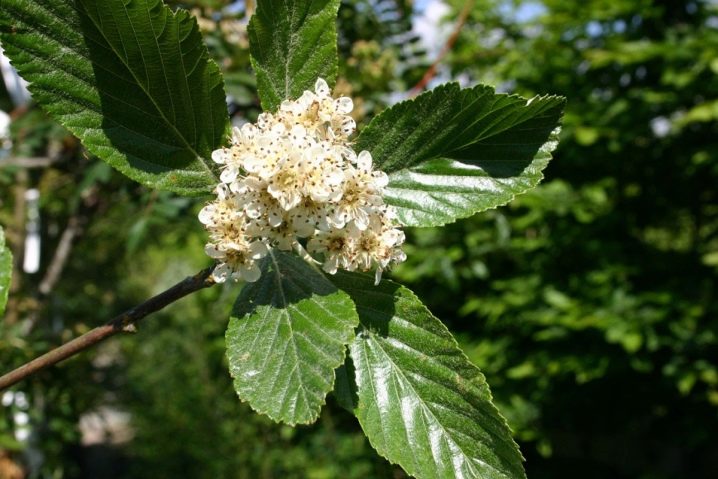
Another popular variety - Sorbus Aria.
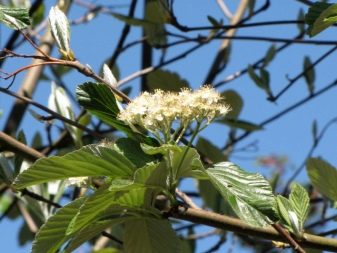

Planting and leaving
Every gardener asks the question of how to properly plant magnifica, "Lutescens" or other varieties of this species, and take care of it. This topic has become especially interesting for landscape designers, who are now increasingly using mountain ash to create original compositions.
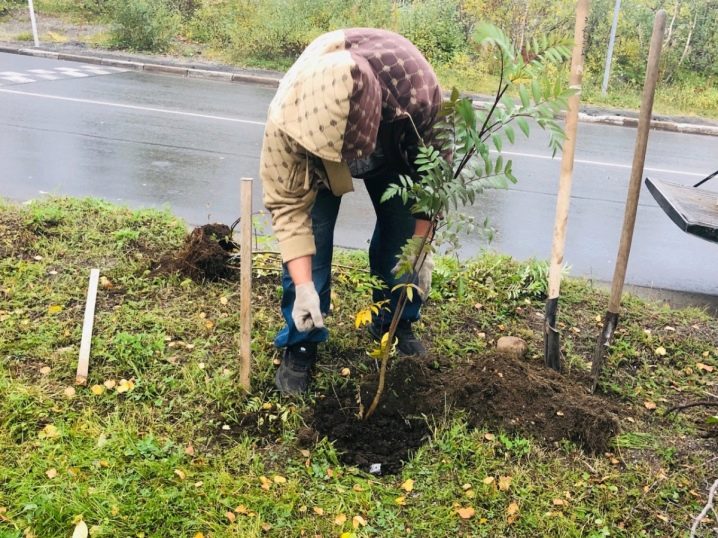
The advantages of mountain ash include:
- drought and frost resistance;
- undemanding to light;
- the possibility of growing in an urban environment.
As already noted, it is additionally worth taking care of the limestone in the ground. It is much easier to plant a plant from seedlings, since it is possible to provide the necessary care at home.

Some gardeners grow mountain ash by grafting, fixing the cutting on wild varieties.
In this case, it is recommended to spray the ends of the rootstock shoots to prevent the spread of infection. To do this, you should use special formulations by purchasing them at a pharmacy or other stores.
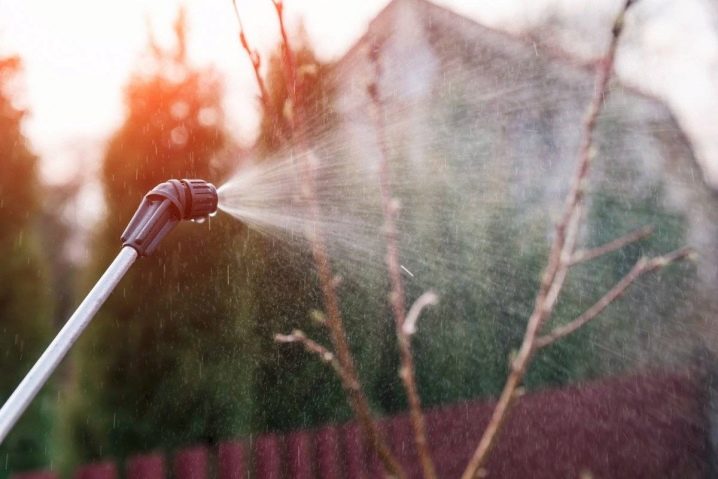
Additionally, rowan planting can be carried out with separate cuttings. In this case, you will first need a glass of water, where a tree branch will take root, and then a container with fertile soil, where you can temporarily place the culture. Let's talk briefly about additional recommendations for the care of mountain ash.
- Watering... The plant is undemanding, but during periods without rain, it is recommended to water the tree at least once a season.
- Top dressing... Although the plant is ready to take root in any conditions, it still needs additional soil fertilization. Mostly gardeners use organic matter or minerals.
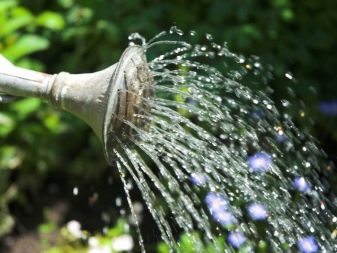
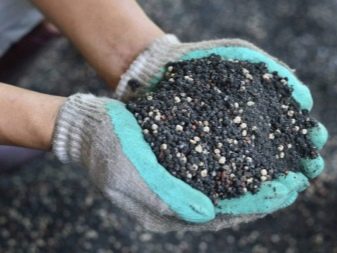
Diseases and pests
Finding pests and diseases on mountain ash is not as difficult as it might seem at first glance. The plant should be especially carefully monitored in the spring-summer period, when insects and diseases are activated.
To prevent attacks of powdery mildew or other insects, as well as to preserve the integrity of the tree, it is worth taking care of preventive treatments of the culture with special compounds. Insecticides or milder substances should be used according to package directions.

Application in landscape design
Aria is increasingly used in landscape design. The unique color of the leaves and large inflorescences are the key characteristics of the plant, for which it is appreciated by specialists. Of course, colorful fruits of the color of autumn foliage cannot be ignored. The tree is actively used to create single compositions, as well as group ones.
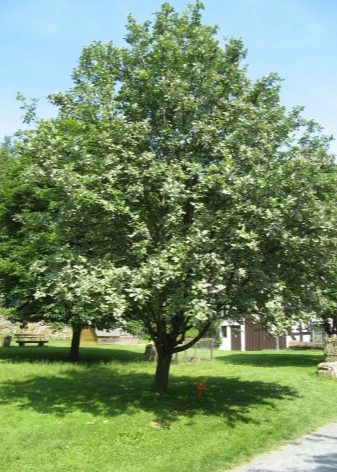
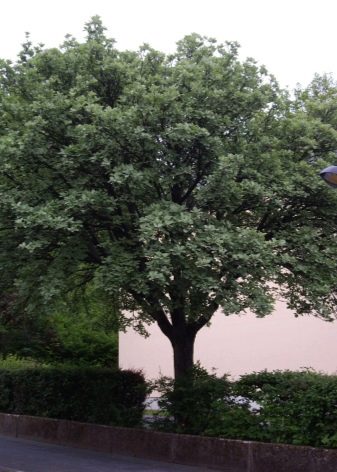



































































The comment was sent successfully.